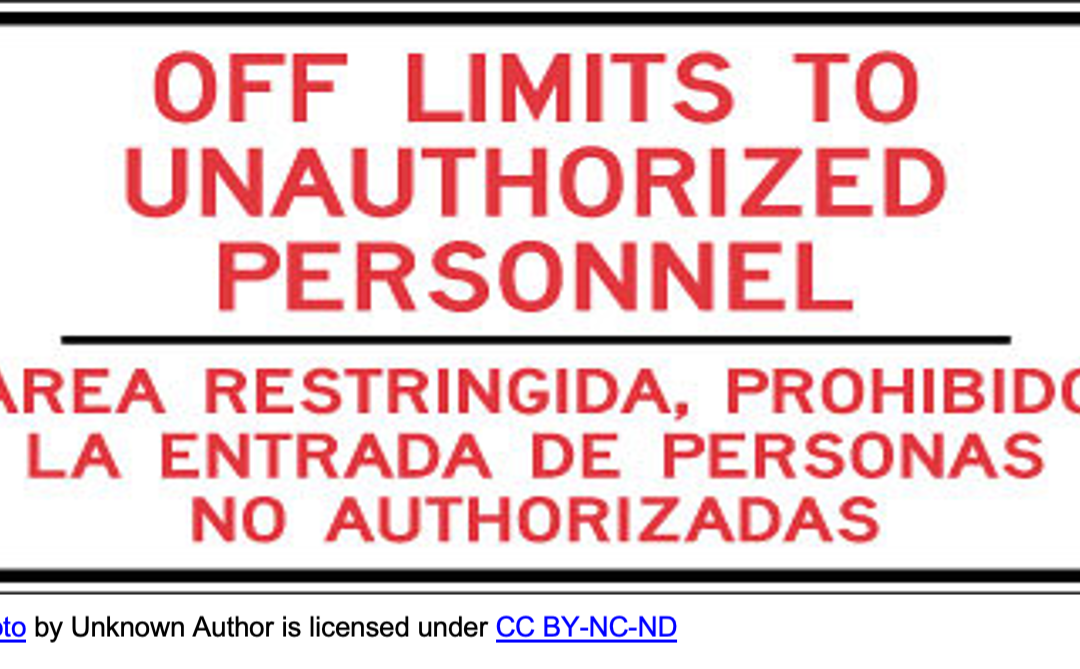With varying ethnic, social, and educational backgrounds, today’s workforce is more diverse than ever. This diversity poses a new challenge for safety managers: Using signage to warn those employees with a limited command of the English language about potential safety hazards.
Language barriers often can hinder understanding of a simple phrase, such as “hearing protection required.” Companies with multi-ethnic workforces must ensure the safety of every worker – no matter his or her language comprehension.
There is no “clear-cut” OSHA standard that specifically states a facility should have signage in various languages. However, OSHA standard 1910.145 (e) (2) does state, “The wording of any sign should be easily read and concise. The sign should contain sufficient information to be easily understood.” The ANSI standards for safety signs, ANSI Z535.2-2002 and Z535.4, Annex B – of both – directly address the “selection of additional languages for safety signs,” whereby “If it is determined that additional languages are desired on a safety sign … formats should be considered.”
The above standards add, “The use of symbols is strongly encouraged in order to better communicate the sign’s hazard information across language barriers.” The importance of incorporating symbols in safety signs is further supported by ANSI Z535.3-2002, which acknowledges that “safety symbols can promote greater and more rapid communication of the safety message” over text-only signs. The standard also points out the diversity of the population with a “multiplicity of social and educational backgrounds with different reading skills and word comprehension”, giving even more credence to the importance of “effective safety symbols.” International Organization for Standardization symbols are an effective series of standardized safety symbols widely used and recognized throughout the world.
Recent fatal work injury statistics demonstrate the need for better communication among multi-ethnic workforces. For example, according to Department of Labor statistics, from 1992-2002, workplace fatality rates among Hispanics rose every year.
Just recently, properly marking your facility to protect all workers, no matter what language they spoke, would have been a daunting task. But today, a small number of safety sign manufacturers have recognized this need and developed extensive lines of bilingual products, many incorporating internationally recognized ISO symbols.
Regardless of language, employers must train employees to recognize and avoid unsafe working conditions; understand applicable OSHA rules regarding their work environment; and control or eliminate hazards and other exposures to illness or injury.
Spencer-SHE has been providing Safety, Health, and Environmental Compliance Guidance since 1980, offering clients cost-effective, turn-key solutions. We create customized solutions for a diverse workplace.
Contact us here to help you to develop and maintain a safe and healthy workforce.
Sources:
https://www.osha.gov/laws-regs/regulations/standardnumber/1910/1910.145

